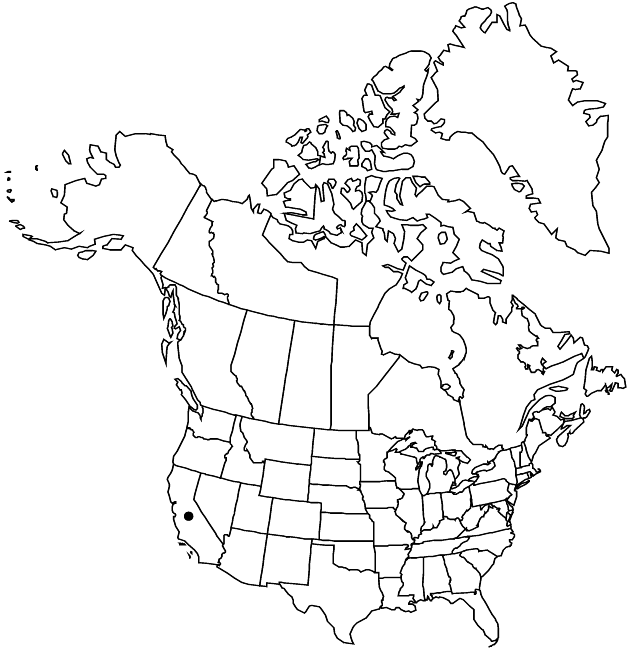Difference between revisions of "Helianthus exilis"
Proc. Amer. Acad. Arts 6: 545. 1865.
FNA>Volume Importer |
imported>Volume Importer |
||
| (2 intermediate revisions by 2 users not shown) | |||
| Line 48: | Line 48: | ||
|publication year=1865 | |publication year=1865 | ||
|special status= | |special status= | ||
| − | |source xml=https:// | + | |source xml=https://bitbucket.org/aafc-mbb/fna-data-curation/src/2e0870ddd59836b60bcf96646a41e87ea5a5943a/coarse_grained_fna_xml/V19-20-21/V21_348.xml |
|tribe=Asteraceae tribe Heliantheae | |tribe=Asteraceae tribe Heliantheae | ||
|subtribe=Asteraceae (tribe Heliantheae) subtribe Helianthinae | |subtribe=Asteraceae (tribe Heliantheae) subtribe Helianthinae | ||
Latest revision as of 21:11, 5 November 2020
Annuals, 30–100 cm. Stems (often reddish) erect, hairy. Leaves mostly cauline; mostly alternate; petioles 0.7–2.5 cm; blades lance-linear to lance-ovate or ovate, 3–15 × 0.5–3 cm, bases cuneate, margins usually entire or shallowly serrate, abaxial faces gland-dotted. Heads 1–7. Peduncles (1–)3–13(–20) cm. Involucres hemispheric, 15–20 mm diam. Phyllaries 12–17, lanceolate, 8–17 × 3–4 mm, apices narrowed gradually, abaxial faces hirsute. Paleae 9.5–10 mm, 3-toothed (middle teeth surpassing discs, apices greenish or yellow-brown, glabrous). Ray florets 10–13; laminae 14–20 mm. Disc florets 50+; corollas 4–6 mm, lobes reddish; anthers reddish purple, appendages usually purplish (style branches reddish or yellow). Cypselae (2.5–)3–3.5(–4) mm, glabrate; pappi of 2 lanceolate scales 1.7–2.7 mm. 2n = 34.
Phenology: Flowering summer–early fall.
Habitat: Gravelly streamsides on serpentine
Elevation: 100–1400 m
Discussion
Of conservation concern.
Helianthus exilis is very similar morphologically to H. bolanderi and is often included in it; there are discrete differences between the two for fatty acid composition (C. E. Rogers et al. 1982) as well as some molecular markers (L. H. Rieseberg et al. 1988). It is listed as of concern by the California Native Plant Society.
Selected References
None.
